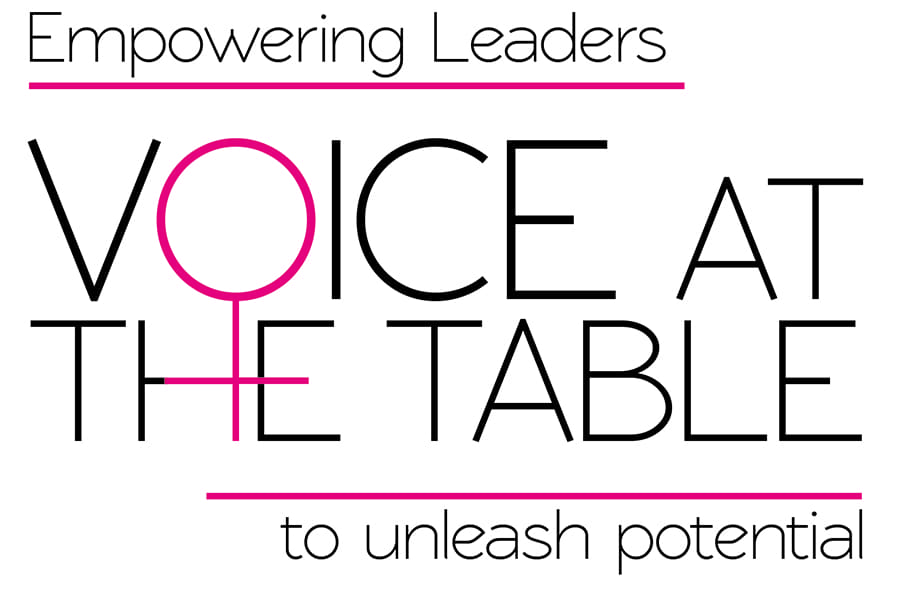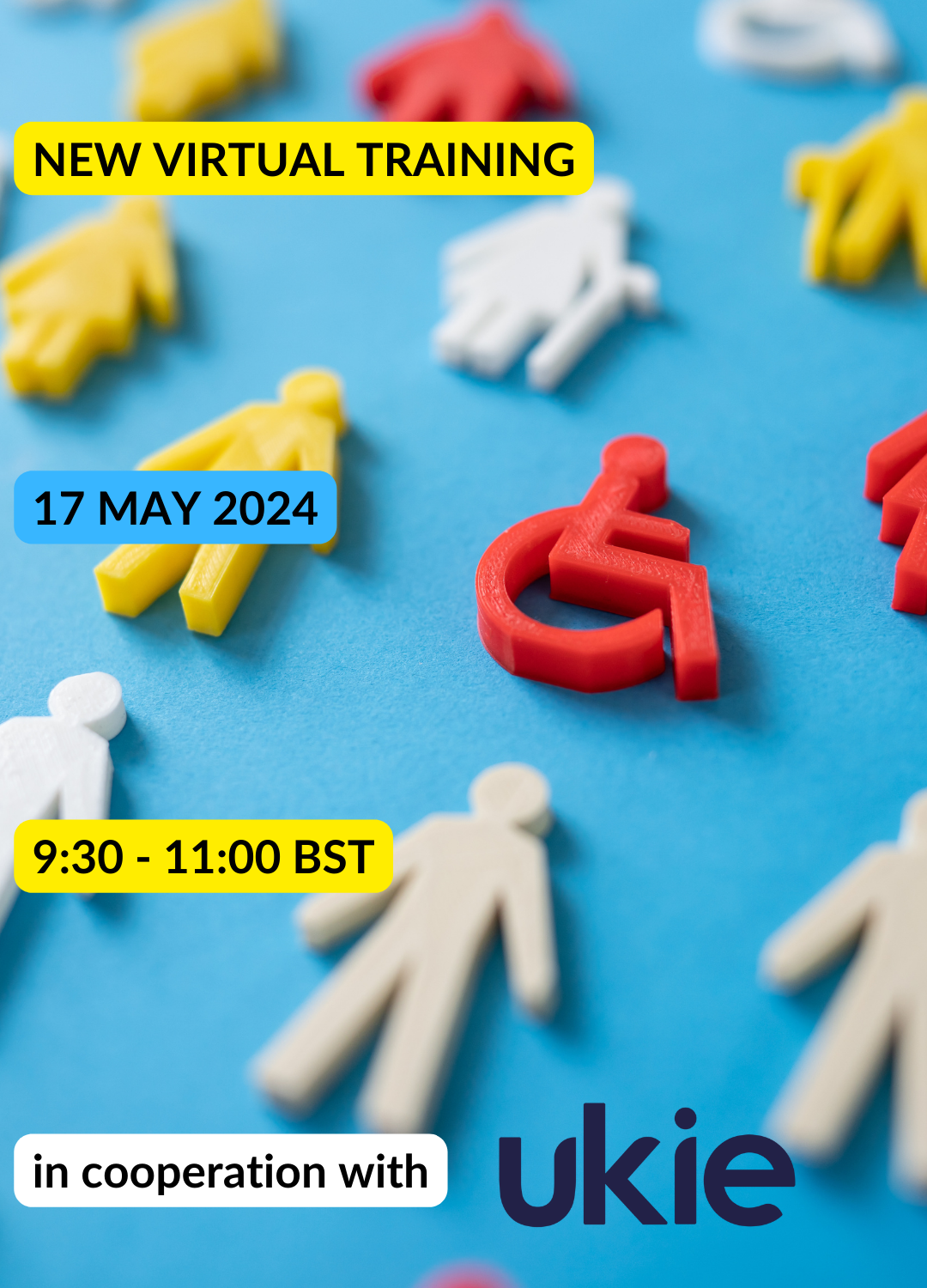By Sara Bell
You are almost certainly aware how much effort has been spent on Equity, Diversity and Inclusion initiatives in recent years. And yet many organisations still struggle with overcoming the barriers and biases that prevent them from truly benefitting from their most valuable asset: their people. With the right approach, however, obstacles can be overcome and the benefits of Diversity can be fully realised.
Addressing the barriers outside the team
There’s no point in denying it: bias is real and needs to be addressed head-on. This means revisiting policies and practices to ensure all stakeholders are catered for. Many policies and practices inadvertently exclude certain groups, such as hiring requirements that favour a specific degree or experience which is not obtainable by many. By broadening the criteria and considering a wider range of qualifications, for instance, organisations can increase the pool of candidates and ensure a more diverse workforce. And if a business can remove these barriers and then embrace the wide-ranging perspectives of a diverse workforce, that will bring enormous benefits to the business.
Making the most of a team’s collective intelligence
Perhaps the most exciting benefit of the removal of organisational barriers, is the opportunity it creates to harness the benefits of increased creativity and innovation in the organisation. By bringing together individuals with different backgrounds and perspectives, organisations can tap into a wider range of ideas and solutions. This can lead to new products, services and processes that better meet the needs of a diverse customer base and create a competitive advantage. But not without first exposing the biases and barriers that creep into the decisions made at meetings, for instance. One way to do so is with our Inclusive Meetings methodology, that encourages clients to run meetings, make decisions, and design new practices that amplify previously quiet voices in a way that draws everyone in.
How does this work, exactly? Let me share a concrete example:
Over the past year, I have been working with a multi-national executive leadership team to support them in having a different type of conversation when they meet. Previously, the most noticeable voices at meetings were of those speaking in their native tongue, taking up the majority of the talking time, at meetings with an informal business agenda. So the first thing we did is to suggest that a formal agenda structure helps make the business meeting more accessible to those who are not native speakers, as everyone can prepare for it in advance and anticipate what’s coming up.
Throughout the workshops, we practised speaking in turn, as part of a Round, where members had equal speaking times during which there were no interruptions. The most immediate feedback from the team on this was how nice it was to hear such a variety of different voices and perspectives. Over time the true magic of Equity, Diversity and Inclusion had set in: as the team continued to actively listen for different perspectives, challenges and solutions, the elephant in the room finally surfaced. Once people felt able to contribute openly and authentically, knowing that their perspective was going to be valued, they admitted that their current team dynamic didn’t serve the purpose of their team. It then became clear that they had to work together differently to solve the complex challenges facing them as a team and as a company. They realised that the way they had become used to working together was one of the biggest obstacles to delivering on their strategy.
What made the difference in the approach suggested by us was how they started to value each other’s diverse experiences and perspectives. By being open to learning and acknowledging the need to create an inclusive team environment, the team is now able to capitalise on its full collective intelligence for the success of the business. The quieter voices – generally the women on the team – who now trusted that their contribution was welcomed and going to be heard without interruption, were able to speak freely about the strategic imperative for product innovation. What I realised then (as I had with other clients) was that our inclusive meetings methodology liberated thinking and encouraged attention. The team now trust this different way of leading.
The way this and other teams had managed to change how they work together is living proof that diverse teams in an inclusive environment are more likely to identify and address blind spots, leading to better decision-making and problem-solving for their clients.
In conclusion, eliminating Equity, Diversity and Inclusion barriers and biases requires a proactive and intentional approach. By creating a culture of inclusion and embracing diversity, organisations can tap into the full range of talent and ideas. This in turn leads to increased creativity and innovation, better decision-making and a more competitive edge, which is surely a reason no business leader can resist in the current financial climate?







 Advances in achieving gender balance in the corporate space are slow, at best. Despite the deafening cries for progress towards gender parity, progress is, indeed, evading us. The latest gender pay gap statistics in the UK prove the point, with the largest pay gap reported in the construction sector at 25%, followed by finance and insurance sector at 22% and education at 20%. The World Economic Forum predicts it will take the world another 217 years to reach parity, and many other reports show that, while we appear to be inching closer to a more diverse and inclusive world, progress is, well, patchy and sometimes questionable.
Advances in achieving gender balance in the corporate space are slow, at best. Despite the deafening cries for progress towards gender parity, progress is, indeed, evading us. The latest gender pay gap statistics in the UK prove the point, with the largest pay gap reported in the construction sector at 25%, followed by finance and insurance sector at 22% and education at 20%. The World Economic Forum predicts it will take the world another 217 years to reach parity, and many other reports show that, while we appear to be inching closer to a more diverse and inclusive world, progress is, well, patchy and sometimes questionable. The intentions behind programmes that support the advancement of women in the organisation are great, but there are a number of problems with this approach: (i) when programmes cater to women only, the overarching message the company is sending to its women is that there is something wrong with them and that it is trying to ‘fix’ them. This is particularly true of leadership programmes which intimate that women need more development than men to become leaders; (ii) even successful female-only initiatives tend to backfire because, to the extent they succeed to motivate and engage women, by the time women go back to their unchanged work environment, frustration starts to set in as they continue to perform in an environment that fails to recognise the value of their authentic contribution; and (iii) initiatives that are aimed at a specific segment of the population tend to be divisive and fail to attract the requisite amount of support and inclusion to harness lasting progress.
The intentions behind programmes that support the advancement of women in the organisation are great, but there are a number of problems with this approach: (i) when programmes cater to women only, the overarching message the company is sending to its women is that there is something wrong with them and that it is trying to ‘fix’ them. This is particularly true of leadership programmes which intimate that women need more development than men to become leaders; (ii) even successful female-only initiatives tend to backfire because, to the extent they succeed to motivate and engage women, by the time women go back to their unchanged work environment, frustration starts to set in as they continue to perform in an environment that fails to recognise the value of their authentic contribution; and (iii) initiatives that are aimed at a specific segment of the population tend to be divisive and fail to attract the requisite amount of support and inclusion to harness lasting progress. In many cases, executive teams are genuine about their desire to advance women. But they don’t recognise it as a central business priority and look at it as a project to be managed. Having identified it as an issue, they tend to look for the right person to address it which, in many cases, happens to be the one woman on the executive team. I have heard this story so many times.
In many cases, executive teams are genuine about their desire to advance women. But they don’t recognise it as a central business priority and look at it as a project to be managed. Having identified it as an issue, they tend to look for the right person to address it which, in many cases, happens to be the one woman on the executive team. I have heard this story so many times. In many cases, gender imbalance exists primarily at the very top. Many companies tackle the issue by bringing in lateral hires as they don’t appear to have their own senior female pipeline to address the disparity. Sadly, this is one of the worst solutions to this issue. Having spoken to a number of corporates who have taken such measures it becomes clear very quickly that there is no substitute for ‘growing your own’. Attracting senior women from elsewhere is, at best, a temporary solution. These freshly-hired women – like the the women who have been at the company for years – will be exposed to the very same culture that failed to produce the senior pipeline in the first instance. As a result, the new senior female leaders are likely to become disenchanted with their roles as they come to realise that they are not hired for their expertise and contribution but, instead (to put it bluntly), to tick a box. Even if they do succeed in making a contribution to the company that is genuinely valued, companies have to carefully guard these women from being hired away by others with a similar agenda. The reality is that there are not that many senior women out there who seem to satisfy the existing requirements for board or senior level hires (although, of course, many more women can indeed to the job) so, unless companies develop their own female leadership pipeline, they stand to lose those recent hires to others that have a similar approach to gender balance.
In many cases, gender imbalance exists primarily at the very top. Many companies tackle the issue by bringing in lateral hires as they don’t appear to have their own senior female pipeline to address the disparity. Sadly, this is one of the worst solutions to this issue. Having spoken to a number of corporates who have taken such measures it becomes clear very quickly that there is no substitute for ‘growing your own’. Attracting senior women from elsewhere is, at best, a temporary solution. These freshly-hired women – like the the women who have been at the company for years – will be exposed to the very same culture that failed to produce the senior pipeline in the first instance. As a result, the new senior female leaders are likely to become disenchanted with their roles as they come to realise that they are not hired for their expertise and contribution but, instead (to put it bluntly), to tick a box. Even if they do succeed in making a contribution to the company that is genuinely valued, companies have to carefully guard these women from being hired away by others with a similar agenda. The reality is that there are not that many senior women out there who seem to satisfy the existing requirements for board or senior level hires (although, of course, many more women can indeed to the job) so, unless companies develop their own female leadership pipeline, they stand to lose those recent hires to others that have a similar approach to gender balance.


 At Voice At The Table, we’ve been working on developing inclusive cultures for some time now: identifying the starting point, describing the look and feel of an inclusive workplace, and supporting our clients in designing and developing their own inclusive and diverse teams.
At Voice At The Table, we’ve been working on developing inclusive cultures for some time now: identifying the starting point, describing the look and feel of an inclusive workplace, and supporting our clients in designing and developing their own inclusive and diverse teams.

